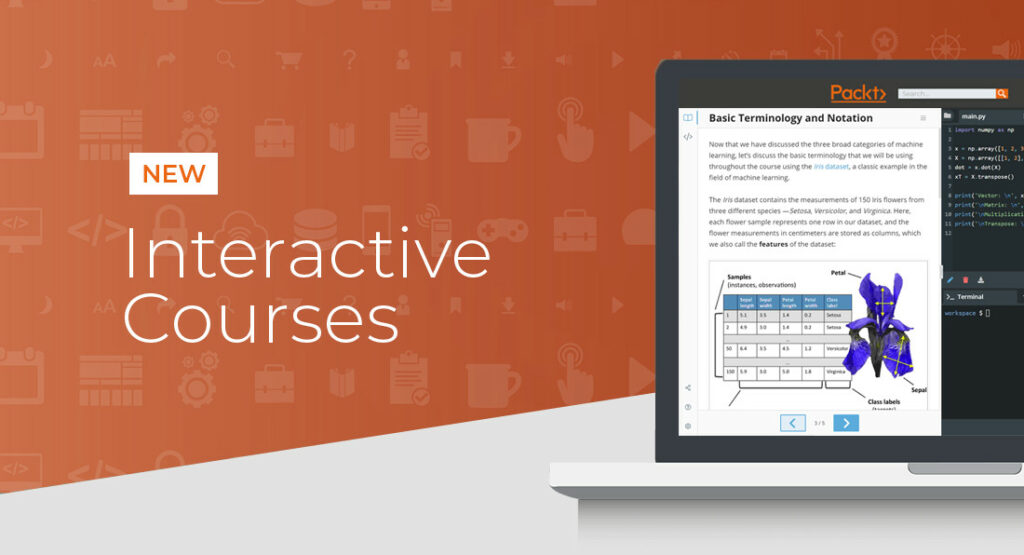Learning should never be forced. It should be fun and relevant. And what makes it fun is an enhanced and great learning experience.
It is this learning experience that helps you determine how much information a learner will actually be able to retain or for how long they will be able to keep that knowledge in their heads.
Each individual has their own way of learning, their own pace of learning. While there are a few people who prefer learning by doing, there are a few who are great listeners and prefer sitting through lectures. But for a majority of learners, it is perhaps the right mix of multiple senses and various learning styles that does the job for them.
Thus, you need to make sure that you offer a learning experience that is interactive, it should be engaging and relevant for your users. It should use a vast variety of media so that it is far from being monotonous.
One type of learning that can help you achieve that and more is eLearning. You just need to make sure you have the right eLearning solution.
In this article, you can read about how you can make your course more interactive in nature and ensure learner engagement.
Use Branching
Using branched scenarios for your courses can help your learners gain an interactive experience by having the freedom of choosing their own path. In this way, you can allow each individual learner to get an individual learning experience within a course.
One of the most common ways where you can use branching is by offering additional content and information to those learners who don’t seem to get the right answer. And those who are perfect at their work can be offered advanced content.
With the right tool, you will have the option to create different options for different personality-types as well when it comes to problem-solving.
When your learners are offered more information on the subject or the chance to use their problem-solving skills, they feel like being a part of the session as they are doing more than just cramming your material.
Include Dialogue Simulation
Dialogue simulation is perhaps one of the most interesting ways to make your courses interactive. The best thing about such sort of simulations is that they offer a realistic environment to you to apply certain skills, practice communication, and get constructive feedback not only in words but as expressions as well, thanks to the virtual calls.
When you use the right digital tool, you can create courses where every correct answer has a reward point attached or include minigames so that your learners get to simply apply their knowledge right then and there.
Dialogue simulations give learners a chance to think and understand that this virtual environment is somewhat similar to what they feel truly face.
Add Assessments
There is no better way to make your course interactive than adding a few quizzes, tests, and assessments here and there.
Traditionally, tests and quizzes are something that learners usually have to sit for at the end of their course. But with online courses, you can make the changes to the system as you want, when you want.
You can make sure you are adding quizzes, pop-up questions in the middle of your course. This will help your learners stay focused and awake throughout your course. It will also force them to go over what they learned all over again in their heads.
You can also turn your assessments into small games that learners are also having fun with.
Conclusion
The power of interactive courses is often overlooked. More often than not many organizations opt for over-the-shelf content pieces to offer a learning experience. While it’s true that these materials have the basic information that you require, but keeping your learners engaged will be a task. Thus, make sure you are utilizing the true power of interactive courses.
